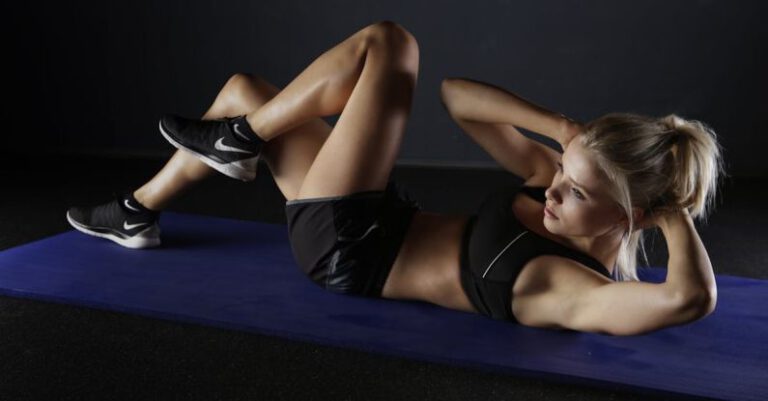
Cycling is a fantastic way to improve your cardiovascular health, build muscle strength, and boost your overall well-being. Whether you are a seasoned cyclist or just starting out, having a balanced fitness plan is essential to help you reach your cycling goals effectively. By incorporating a variety of exercises and techniques into your routine, you can enhance your performance on the bike while reducing the risk of injury. Here’s how you can create a balanced fitness plan tailored specifically for cycling.
Understanding the Importance of a Balanced Fitness Plan
Before diving into specific exercises and strategies, it’s crucial to understand why a balanced fitness plan is essential for cyclists. Cycling primarily engages certain muscle groups, such as the quadriceps, hamstrings, and calves. While these muscles are crucial for pedaling power, neglecting other muscle groups can lead to muscle imbalances and potential injuries. A well-rounded fitness plan not only strengthens the key muscles used in cycling but also targets supporting muscles to improve overall performance and prevent overuse injuries.
Incorporating Strength Training
Strength training plays a vital role in a balanced fitness plan for cycling. By incorporating exercises that target the core, upper body, and lower body, you can improve your stability, power, and endurance on the bike. Focus on compound movements like squats, deadlifts, lunges, and planks to engage multiple muscle groups simultaneously. Additionally, include exercises that target the back, shoulders, and arms to enhance your overall strength and posture while riding.
Flexibility and Mobility Work
Flexibility and mobility are often overlooked aspects of cycling fitness but are crucial for injury prevention and overall performance. Tight muscles can restrict your range of motion and lead to discomfort while riding. Incorporate stretching exercises for the major muscle groups used in cycling, such as the hip flexors, hamstrings, and calves. Additionally, consider adding yoga or Pilates sessions to improve flexibility, balance, and core strength, all of which are beneficial for cyclists.
Cardiovascular Conditioning
While cycling itself is an excellent cardiovascular workout, incorporating other forms of cardio into your fitness plan can provide additional benefits. Activities like running, swimming, or HIIT (High-Intensity Interval Training) can help improve your aerobic capacity, endurance, and overall fitness level. Mixing up your cardio routine not only prevents boredom but also challenges your body in different ways, leading to better overall performance on the bike.
Rest and Recovery
Rest and recovery are often the most neglected aspects of a fitness plan but are essential for progress and injury prevention. Cycling can be physically demanding on the body, so adequate rest is crucial to allow your muscles to repair and grow stronger. Incorporate rest days into your weekly schedule and listen to your body for signs of fatigue or overtraining. Additionally, prioritize quality sleep, hydration, and nutrition to support your recovery process and optimize your performance on the bike.
Nutrition and Hydration
A balanced fitness plan for cycling is incomplete without addressing nutrition and hydration. Fueling your body with the right nutrients is essential for energy production, muscle recovery, and overall performance. Aim to consume a balanced diet rich in lean proteins, complex carbohydrates, healthy fats, and plenty of fruits and vegetables. Stay hydrated before, during, and after your rides to maintain optimal performance and prevent dehydration.
Adapting and Progressing Your Plan
As you progress in your cycling journey, it’s essential to adapt and evolve your fitness plan to continue challenging your body and reaching new goals. Periodization, which involves varying the intensity and volume of your workouts over time, can help prevent plateaus and promote continuous improvement. Consider working with a cycling coach or personal trainer to create a customized plan tailored to your specific goals and fitness level.
Finding a Balance
Creating a balanced fitness plan for cycling is a personalized process that requires experimentation and consistency. By incorporating strength training, flexibility work, cardiovascular conditioning, rest, nutrition, and progression strategies into your routine, you can optimize your performance on the bike while reducing the risk of injury. Remember that balance is key, so listen to your body, stay flexible in your approach, and enjoy the journey towards achieving your cycling goals.





